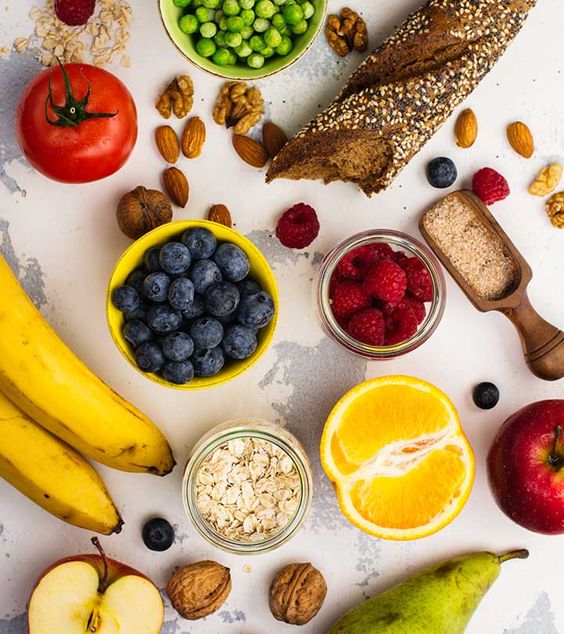Introduction
In an age of processed foods and sugary drinks, maintaining a healthy diet can feel like navigating a minefield. One dietary component often overlooked but crucial for overall well-being is fiber. Often referred to as "roughage" or "bulk," fiber is a type of carbohydrate that our bodies can't digest. While this might sound counterintuitive, it's this very indigestibility that makes fiber so beneficial.

High-fiber diets are associated with a plethora of health advantages, ranging from improved digestion to reduced risk of chronic diseases. By incorporating more fiber-rich foods into your meals, you can significantly impact your health and vitality. This blog post delves into the remarkable benefits of high-fiber diets and provides practical tips for seamlessly increasing your fiber intake.
The Power of Fiber: Unveiling the Benefits
A high-fiber diet is like a gift that keeps on giving, offering a wide array of health advantages. Let's explore some key benefits:
1. Digestive Harmony: Fiber acts as a natural regulator for your digestive system. It adds bulk to stool, preventing constipation and promoting regularity.
2. Blood Sugar Control: Fiber helps regulate blood sugar levels by slowing down the absorption of sugar into the bloodstream. This is particularly beneficial for individuals with type 2 diabetes or those at risk of developing the condition.
3. Heart Health: Studies have linked high-fiber diets to a reduced risk of heart disease. Fiber helps lower LDL (bad) cholesterol levels, which contributes to a healthier cardiovascular system.
4. Weight Management: Foods rich in fiber tend to be more filling, helping you feel satisfied for longer periods and reducing overall calorie intake.
Boosting Your Fiber: Tips for Success
Transitioning to a high-fiber diet doesn't require a complete dietary overhaul. Here are some practical tips to seamlessly increase your fiber intake:
1. Embrace Whole Grains: Swap refined grains like white bread and pasta for whole-grain alternatives like brown rice, quinoa, and oats.
2. Load Up on Fruits and Vegetables: Make fruits and vegetables the stars of your meals and snacks.
3. Legumes are Your Friends: Lentils, beans, and chickpeas are fiber powerhouses. Add them to soups, stews, salads, or enjoy them as a hearty side dish.
4. Snack Smart: Instead of reaching for processed snacks, opt for fiber-rich alternatives like nuts, seeds, or air-popped popcorn.
5. Hydration is Key: As you increase your fiber intake, remember to drink plenty of water throughout the day. This helps fiber move smoothly through your digestive system.





